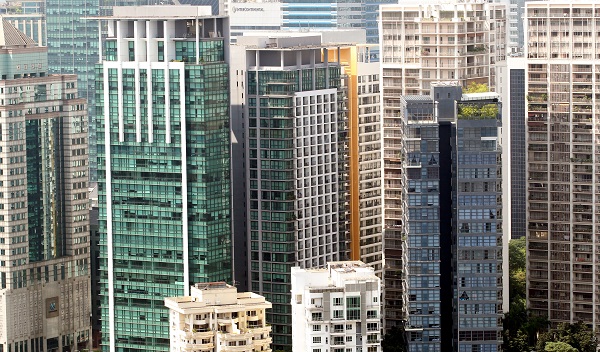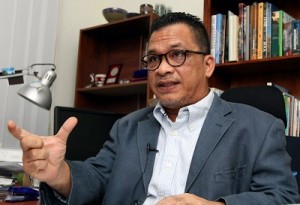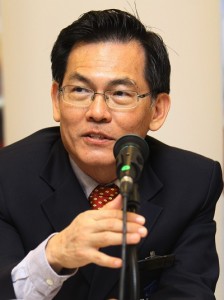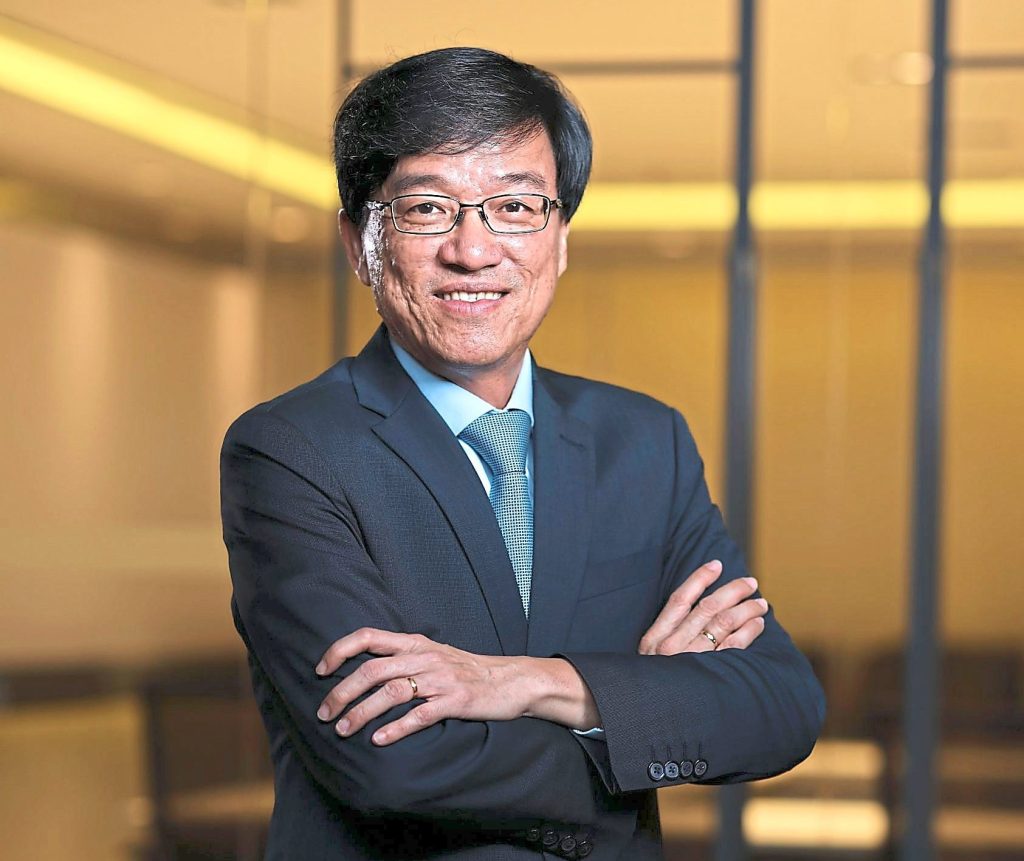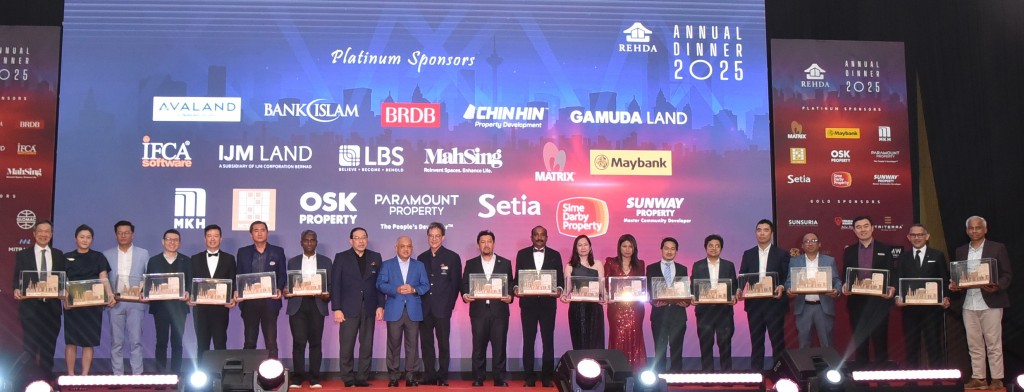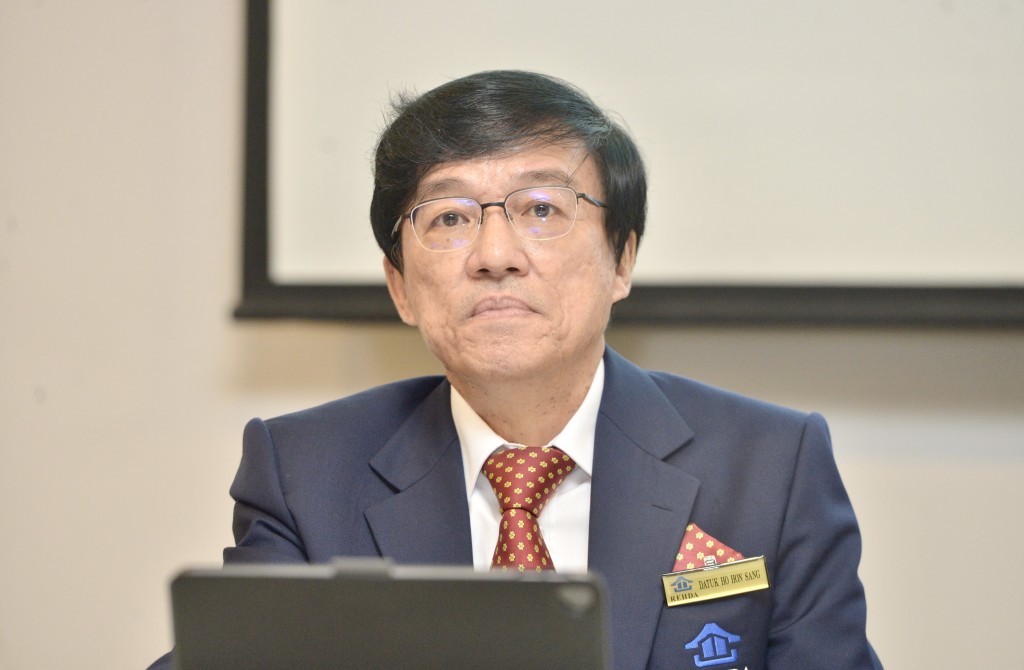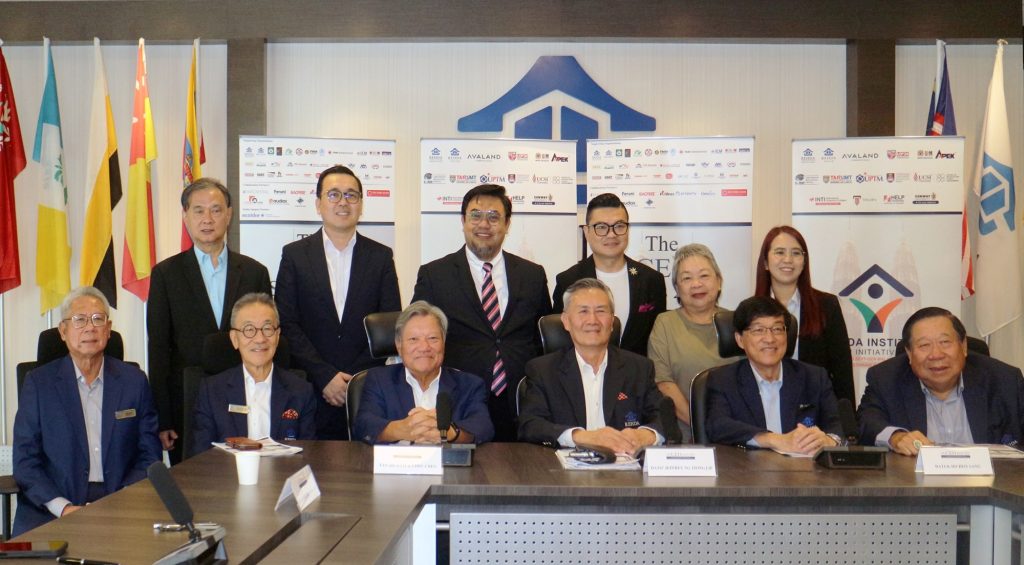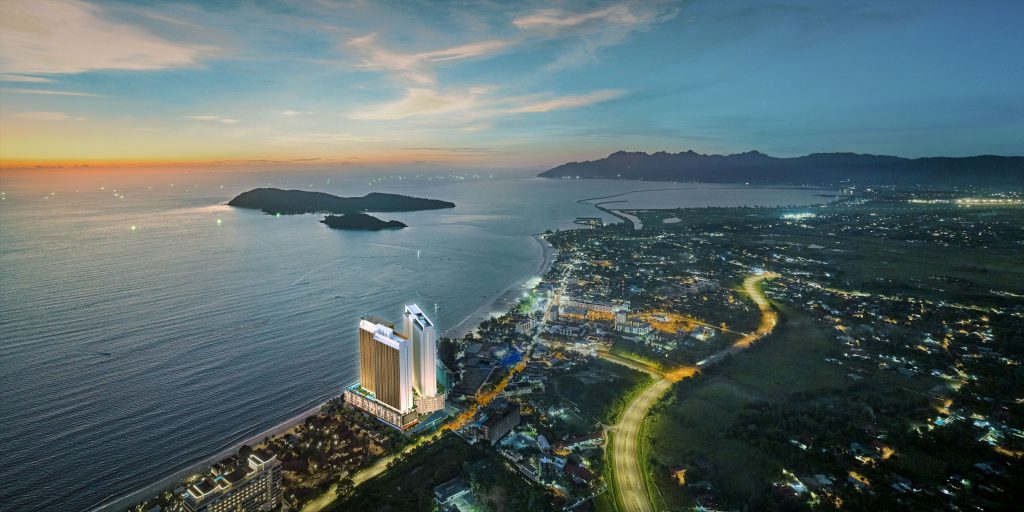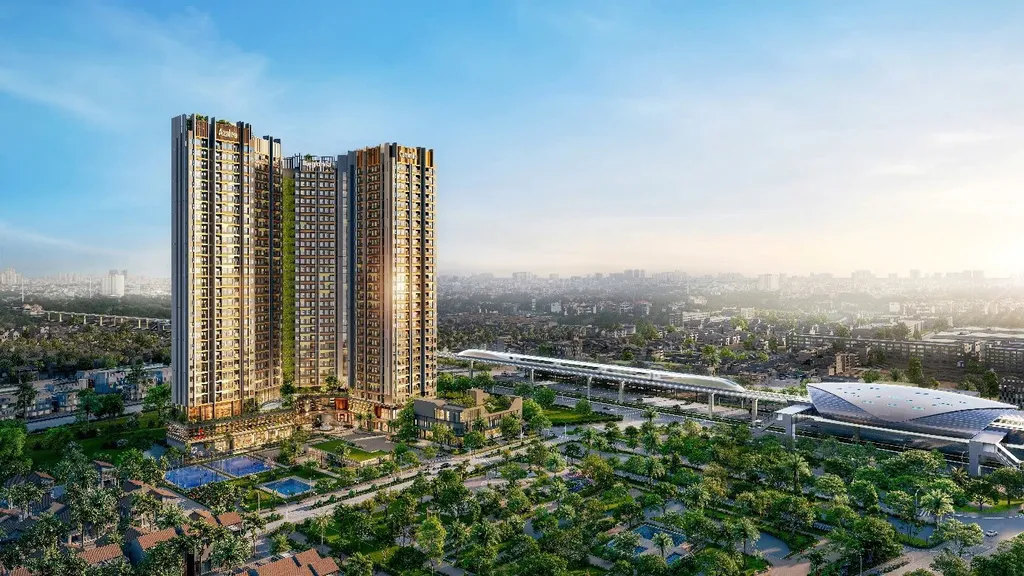Making the KL City Plan relevant, inclusive and worthy
BY NG PAU LING
First launched in 2008, Kuala Lumpur City Plan 2020 (KLCP 2020) is a blueprint for the city development. However, despite the plan to gazette it in 2013, it was delayed and remained as a draft to date.
In June 2018, an announcement from the Federal Territory Minister Khalid Samad said the KLCP 2020 would be mandated by the end of this year, although it is just two years away from the expiry date.
Here we have representatives from the three real estate change-makers — planner, architect and developer, to share their views and concerns on the KLCP 2020.
As stated in the KLCP 2020 draft, additional permissible density and plot ratios are allowed for the transit planning zones, which are the areas located within a 400m radius of a transit station.
However, according to Malaysian Institute of Architects (PAM) vice president Lilian Tay Wai Fun, the incentive given was underestimated the potential of public transports, and it has caused an insufficient population to support the running of public transportation.

The Exchange 106 will be about 40m taller than the country's current tallest building, the Petronas Twin Towers. (RAJA FAISAL HISHAN/The Star)
Unfair generalisation of high-density developments
Although the concentration of the human capital is the force to drive the economic, cultural and sustainable growth of a city, there is a myth that high-density development is undesirable, as it is often associated with the abuse of the environment and the cause of congestion.
Tay said there is an anti-development atmosphere among the public right now. She advised the public to look at the facts and not generalise the issue.
“Outside the metropolitan area, the difficulties for a suburban to absorb large-scale development is understandable. However in KL city, high-density developments could be a solution for congestion and to encourage sustainable living,” said Tay.
Moreover, a city works more efficiently when the residents are packed vertically rather than in a sprawling horizontal manner, such as saving commuting time from one place to another.
The higher-density city environment will also boost job opportunities and employment density to create a vibrant hub that attracts people.
“Since land cost has made up a significant portion of the development costs, lower density means fewer units will share the costs.
“The concentration of human capital is fundamental for businesses to grow robust. Low-density city is the most expensive city to live in, and this is the contradiction to high-density,” said Tay.
However, she said the resistance of high-rise development among the public was elevated by super high ‘trophy buildings’ in the city.
She is also concerned about the glut and the possibility of low occupancy rate in new iconic tall buildings since it is not the market demand to give birth to trophy buildings.
Malaysian Institute of Planners (MIP) president Ihsan Zainal Mokhtar said that instead of building high towers to prove the nation’s success, it is more important to create a liveable city that people can afford to live in.
“This is why a city needs a plan in the first place. KLCP 2020 is acting as a guideline to ensure all the developments in KL city are built within a boundary. Also, in an economically and socially efficient way,” said Ihsan.
The limitations of development density
Meanwhile, Real Estate and Housing Developers' Association (Rehda) deputy secretary general Tan Ching Meng also called for higher development density for residential projects. The restriction on plot ratio has forced the developers to build residential houses under commercial title since the latter allows higher development density.
Residences with the commercial title are required to pay for utilities under a more expensive commercial rate.
“Regarding the development density, we are not talking about plot ratio of 20. Anything about eight to ten, is good enough for KL city,” added Tan.
Lack of sustainable vision
Besides, Lilian pointed out the lack of sustainable vision in the draft since it was still too early for sustainable movements in 2008.
“A sustainable city can only be achieved by contributions from different levels. For example, although the cycling paths are in place to reduce carbon footprint, there is a shortage of shower facilities in offices,” said Lilian.
Soft infrastructure is another issue that needs to be addressed in the plan.
“The challenge in the future is we need a plan that can be strong enough to protect itself from abuse and at the same time is flexible to accommodate changes,” said Ihsan.
Click to read more on KLCP2020:
Rehda urges flexible execution of KL City Plan 2020 to accommodate changes


